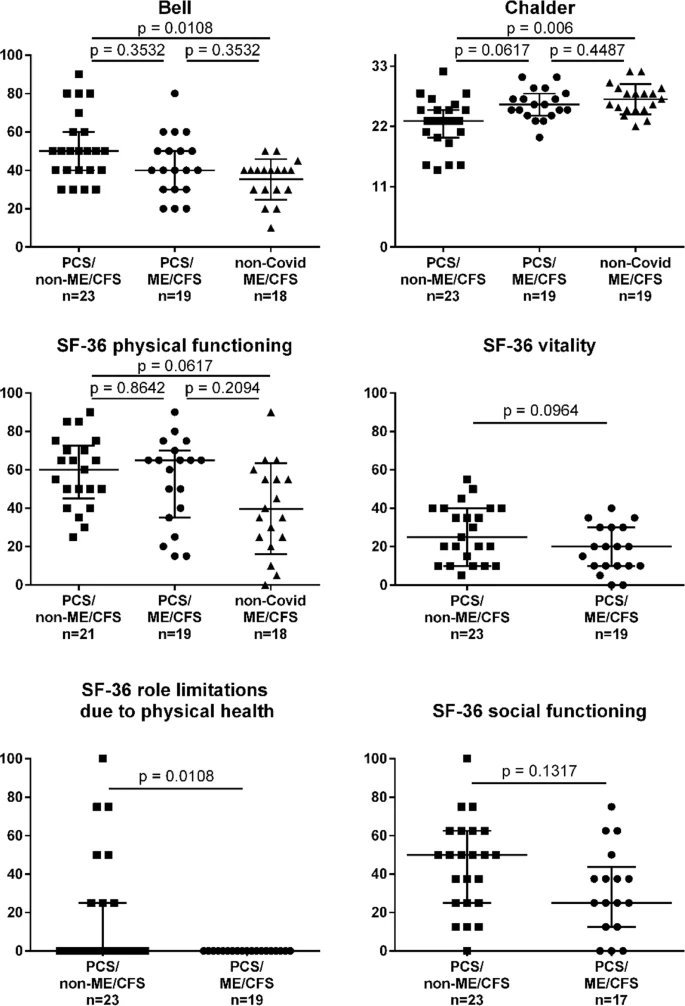- Research
- Open Access
Allergy, Asthma & Clinical Immunology 18, Article number: 83 (2022)
Abstract
Background
Reports of allergic reactions to the COVID-19 vaccines have been documented, which may also contribute to hesitancy. Despite the low likelihood that the COVID-19 vaccine will trigger an allergic reaction, we and others have reported that families with allergy remain vaccine hesitant due to concerns of COVID-19-vaccine-triggered anaphylaxis.
Objective
To present our scoping review protocol, that will inform a forthcoming living scoping review in which we will investigate the peer-reviewed and grey literature on COVID-19 vaccine hesitancy and allergic disease and/or allergic reactions following a COVID-19 vaccine.







%2018.38.52.png)
